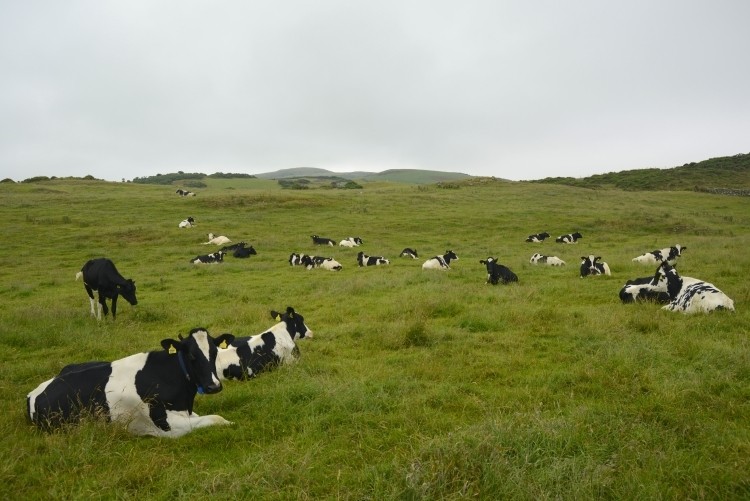Dairy profits halve for UK farmers in 2019

This is according to a report by UK South West accountancy firm, Old Mill, and The Farm Consultancy Group.
The report, The Milk Cost of Production Survey for 2019, revealed comparable farm profits fell from 5.9p per liter to 2.69p per liter (7.6 cents to 3.45 cents) in the year ending March 31, 2019.
This was mainly attributable to the dry summer, which hampered milk production and required producers to buy in extra feed, pushing costs of production up from £2,186 per cow ($2,806) to £2,411 per cow ($3,094).
Higher milk prices partially offset a drop in milk production, bringing milk income to £2,267 ($2,910) per cow, compared to £2,272 ($2,916) in the previous year. That left the average farm making a marginal profit only after accounting for non-milk income.
Although any production system could make a profit or a loss, year-round calving herds tended to be towards the lower end of the scale, with spring-calving herds likely to make more on a per-liter basis, said Neil Cox, director at Old Mill.
“This is due to their ability to produce cheap milk, which insulates them against lower milk prices,” Cox said.
“However, spring calving herds had lower than average yields: As yields climb, a lower margin is needed to maintain profit per cow. The best farms carefully monitor the costs of producing marginal liters, to pre-empt those margins getting squeezed.”
Looking ahead to the 2019/20 milk year, the better summer, likely higher yields and lower feed costs should help boost profits by 0.71p (0.9 cents) per liter, to 3.4p (4.36 cents) liter or £269 ($345) per cow.
“But given Brexit, there are arguably more uncertainties over profitability now than at the same point last year,” Cox said.
“Although the weakening value of sterling will prop up milk prices to some extent, its impact on imported inputs is only partly being offset by lower domestic grain prices from the good 2019 UK harvest.”
Last year’s increase in costs were mostly due to the drought, said Phil Cooper at The Farm Consultancy Group.
“Most of these costs are budgeted to be reversed this year, but it still leaves only £76,400 ($98,000) for the average 2.1m liter dairy farm to cover rent, debt finance and repayment and taxation on a 30p/liter (38.5 cents) milk price,” Cooper said.
“It has been a challenging year, and many farms are sitting around the break-even point, with a need to rebuild profitability next year. Producers should now have enough information to budget accurately for the coming six months, and must act quickly to put their businesses on a sound footing no matter what Brexit throws at them.”






